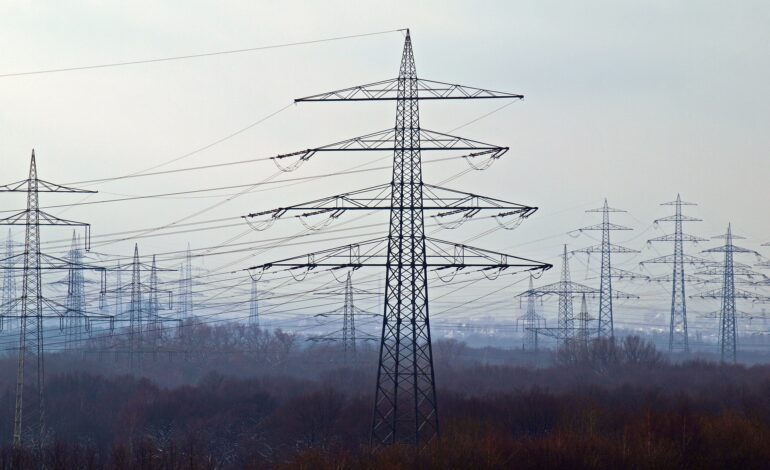TL;DR:
- BP’s CEO predicts a surge in global gas demand fueled by the AI revolution.
- Generative AI technologies, like ChatGPT, are expected to significantly increase electricity consumption.
- Despite a decline in profits, BP plans to ramp up gas production and retain its commitment to oil.
- BP emphasizes pragmatism in its energy transition strategy amid shareholder pressures.
- Strategic investments in renewables and low-carbon businesses complement BP’s focus on traditional fossil fuels.
- The expansion of EV infrastructure, particularly in China, underscores BP’s commitment to sustainable energy solutions.
Main AI News:
AI’s Impact on Global Gas Demand: A Vision for the Future As AI technologies continue to revolutionize industries worldwide, the CEO of BP, Murray Auchincloss, foresees a significant surge in the demand for fossil fuels, particularly gas. Auchincloss predicts that alongside the rise in renewable energy sources such as wind and solar power, the demand for gas will remain “very high,” driven by the proliferation of generative AI tools like ChatGPT.
Generative AI, powered by vast amounts of data processed in energy-intensive data centers, is set to further elevate electricity demand. Each search query processed by tools like ChatGPT consumes approximately 10 times the energy of a standard browser search due to the complex calculations involved.
Auchincloss envisions a trajectory where gas production may experience a slight decline in the current decade, only to witness significant growth in the subsequent decades. This growth is directly attributed to the escalating demand for electricity fueled by generative AI technologies.
The International Energy Agency forecasts a staggering 73% increase in energy consumption by the world’s 8,000 data centers, reaching 800 terawatt hours (TWh) by 2026. To put this into perspective, this consumption dwarfs the annual electricity consumption of the entire UK, which stands at 321 terawatt hours.
In light of these projections, BP’s approach to the energy transition emphasizes pragmatism, especially as it scales back on plans to reduce carbon emissions. Despite a decline in profits to $13.8 billion in 2023, BP’s shares rose by 5% following the announcement of its annual results, surpassing analyst expectations.
To bolster shareholder confidence, BP introduced an accelerated share buyback program alongside its annual results. This strategic move comes in response to recent pressures from activist investors, including Bluebell Capital, urging the company to reconsider its net-zero commitments.
Despite these challenges, BP’s dedication to oil production remains steadfast, with a notable surge in production evident in the past year. Looking ahead, BP anticipates further production increases, driven by projects in lucrative regions such as the North Sea.
Tax incentives, particularly windfall levies, have incentivized BP’s investments in North Sea fields like Seagull and Murlach, contributing significantly to the company’s tax contributions to the UK Treasury. Moreover, ambitious drilling projects in the Gulf of Mexico underscore BP’s commitment to expanding its oil production capabilities.
While BP pursues oil production growth, its renewable and low-carbon businesses are also on the rise. Notably, the company has significantly expanded its renewables pipeline, securing rights for offshore wind projects and increasing investments in hydrogen renewables.
Moreover, BP’s focus on electric vehicle (EV) infrastructure is evident, with a substantial increase in its global network of EV charging points. Collaborative ventures with energy companies like Iberdrola and strategic acquisitions in key markets like China underscore BP’s commitment to leading the charge in EV adoption.
Conclusion:
BP’s strategic vision reflects a nuanced approach to meet evolving energy demands, balancing traditional fossil fuels with renewable technologies. The company’s emphasis on AI-driven gas demand and pragmatic energy transition strategies positions it to navigate market shifts effectively while maintaining shareholder value.

